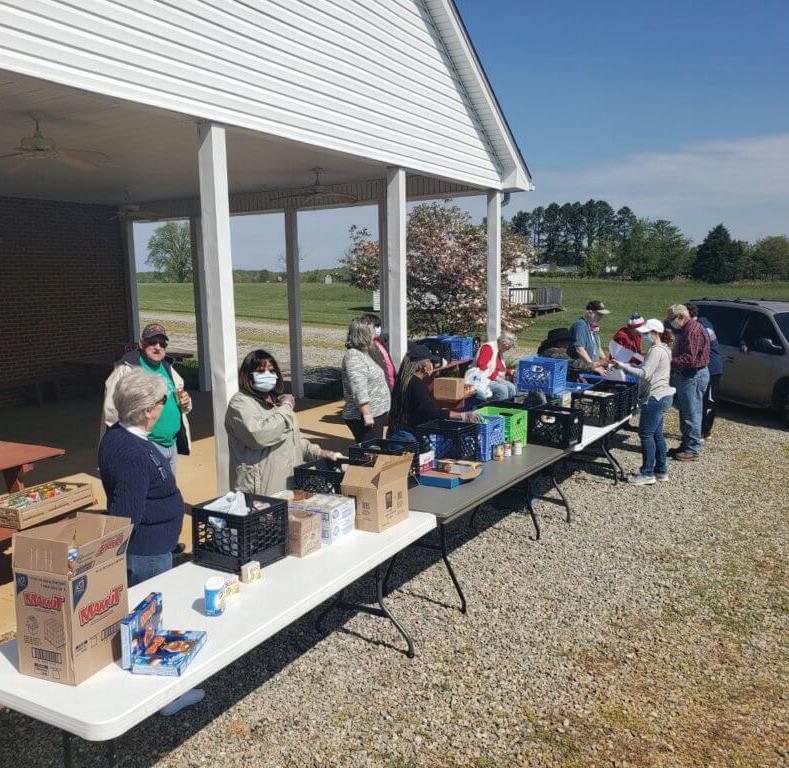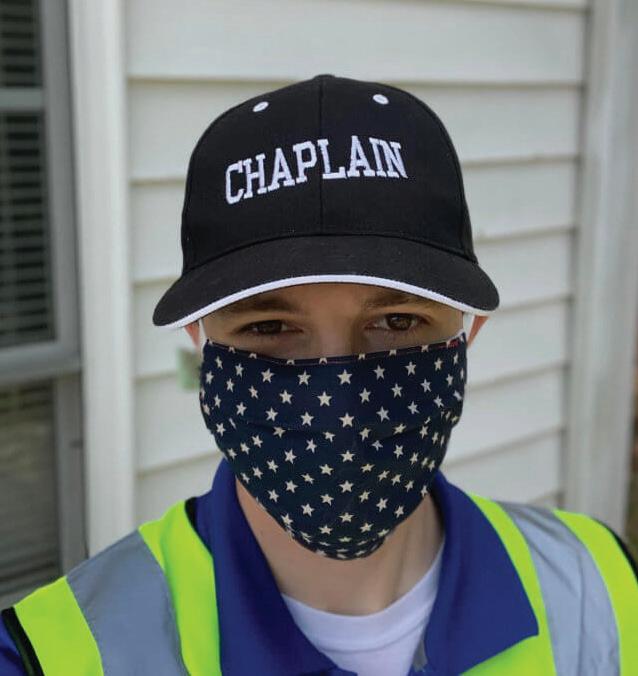WHAT CAN CHURCHES DO TO OVERCOME
RACIAL INJUSTICE?
This article grew out of a video conference with NorthStar Church Network in early June 2020. I was asked to lead a session on the theme “What Churches Can Do to Overcome Racial Injustice.”
1. One of the first steps for churches is to help the congregation understand what is meant by racial injustice. If we can’t define something, we will not be able to identify or rectify it. There are times when we may see racial injustice but may ignore it, because we are not sensitized to perceive it for what it is.
As I have personally observed and talked with several pastors in Virginia and around the country, there is a recurring response about what is going on: “This seems different.” This moment that we are in—where racial injustice is the focal point—just seems different.
A simple definition of racial injustice is “when an individual or group, because of their race, is mistreated by someone of another race. Racial injustice is evident when one is treated unfairly with disparity, when compared with the treatment of others of a different race.” 2. Racial injustice shows up in racial profiling, when someone is judged to be a criminal, inferior, or treated with suspicion simply because of the color of their skin. Racial injustice shows up in employment discrimination when someone is denied a job, denied a promotion, or not paid equitably when compared to their counterparts of another race. 3. We see racial injustice in prison sentencing when people of color receive longer jail and prison sentences for the same or similar offenses as others of a different race. Racial injustice is observed in the manner of treatment when people of color are arrested. Observations are that people of color are treated more harshly with more verbal, physical, and emotional abuse than their white counterparts. 4. The placement of abortion clinics in urban centers where there are heavy concentrations of African-American and Hispanic people results in a higher number of abortions in those communities. While African Americans represent 13% of the population, they represent 36% of all abortions (according to the CDC, 2015). Since 1973, 19 million black babies have been aborted. It is often thought that the placement of abortion clinics in urban centers is a deliberate modern-day genocide of black and brown people. 5. We see racial injustice when one’s race is used as a weapon against them. You may have seen the video of the black man in New York City who asks a white woman to put her dog on a leash—consistent with the leash law for that area of Central Park. She refuses and is captured on video calling 911 to say falsely that a black man is attacking her. This is a classic example of weaponizing one’s color to falsely accuse them of a crime. A system of racial injustice creates an environment where one’s color is used to assert a plausible threat when there is none, thus potentially jeopardizing the life of the person of color. Some people might ask why is this important? Why are we still talking about racism and racial injustice? In the words of Dr. Martin Luther King, Jr., (in Letter from Birmingham Jail): “Injustice anywhere is a threat to justice everywhere. We are
I believe the response is different because it is as if God allowed the whole world to be shut down for such a time as this. We are not distracted with our own personal agendas. We are not distracted with sports, parties, school, work, shopping, vacations, and a host of other things that normally capture our attention. So when the video of the death of George Floyd was broadcast around the world, the harsh reality could not be ignored. It gripped our attention like never before. It is different because this time it not only gripped the black community, but moreover, it has gripped the white community. The white community has largely been repulsed and disgusted with the lack of human dignity shown to George Floyd. I believe the white community has felt the emotional trauma, pain, and disgust like never before. This time I see that our white brothers and sisters and our black brothers and sisters are linking arms together to declare unequivocally that racism is wrong, and we will not tolerate it anymore. Now let me say a word about law enforcement. There are many men and women who serve in law enforcement who are good and decent people. They do their jobs well. I have several law enforcement personnel who are members of Antioch, and they proudly protect and serve. However, law enforcement agencies are not exempt from persons who go too far in policing to the point where people are abused, harassed, and even killed. Those cases get highlighted, as they should, in order to bring about fair and equitable policing in all communities. I respect law enforcement, and when I dial 911 I am glad they respond quickly to protect and serve. I encourage law enforcement as they examine their history and practices to make necessary improvements. Here are some of the suggestions I shared during the NorthStar briefing. I do not profess to have all the answers; no one does. But I hope this may stimulate discussions that generate other ideas for churches to consider. Each church community is different, so their needs and responses will be different.
BY MARSHAL AUSBERRY
16










